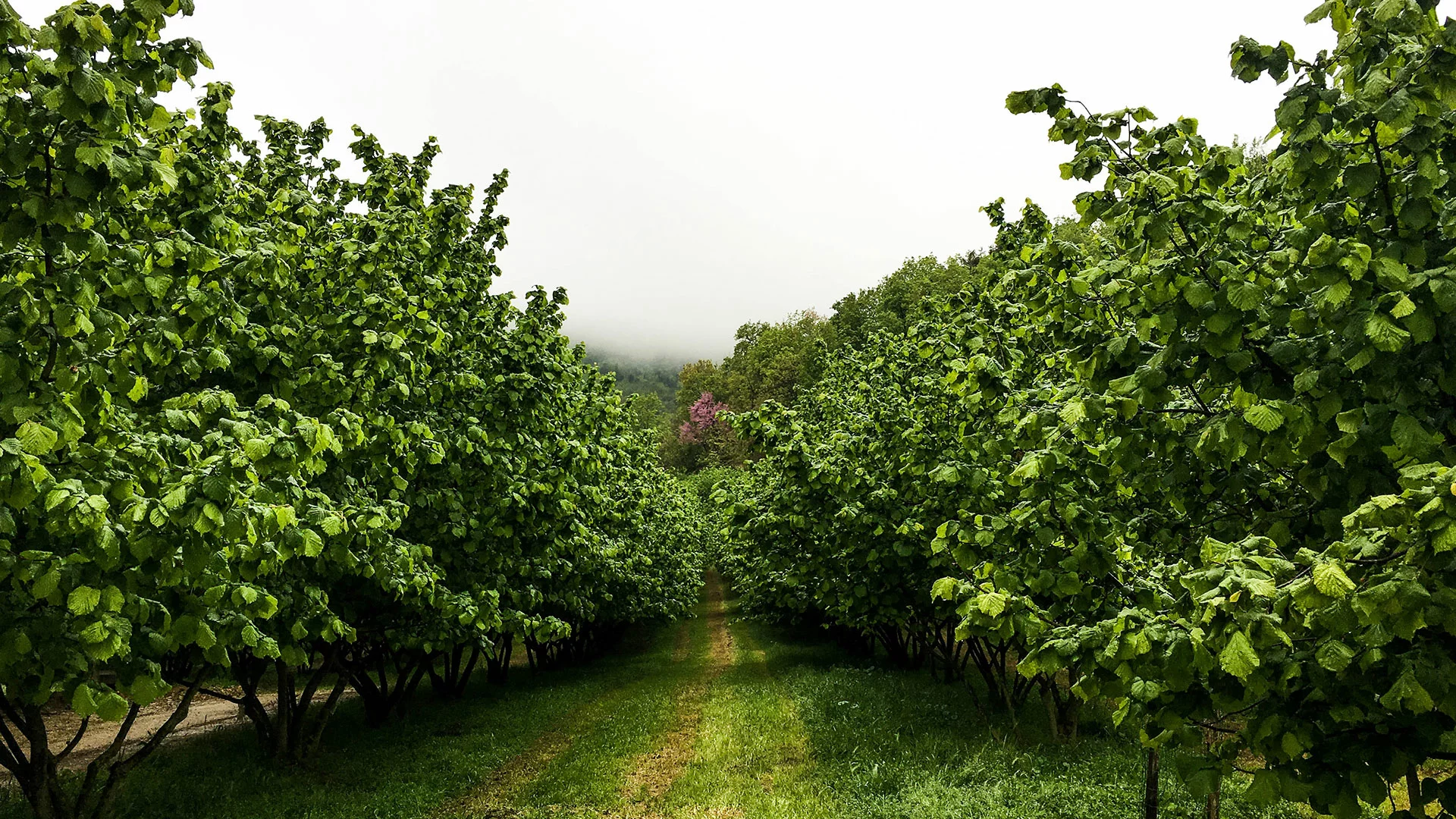Understanding the Global Hazelnut Harvest
Each year, the global hazelnut industry is shaped by the success of harvests from key regions such as Turkey, Italy, and the United States. These countries account for the majority of global hazelnut production, with Turkey leading the way, producing around 70% of the world’s supply. The annual harvest not only affects pricing but also plays a significant role in meeting global demand.
In this report, we will analyze the data from the most recent hazelnut harvest, breaking it down by region, and highlight key insights that impact the market. Whether you are a producer, distributor, or buyer, these data points provide valuable information to guide your business decisions.
The hazelnut harvest is influenced by several key factors, including weather conditions, regional practices, and market demand. By understanding the data from various regions, we can gain insights into how these factors shape the annual yield. Here are the key regional data insights from this year’s harvest:
Future Outlook for Global Hazelnut Production
As the global demand for hazelnuts continues to grow, understanding the trends and challenges faced by the major producing regions is essential for predicting future market conditions. Climate change remains a critical factor, with unpredictable weather patterns posing risks to harvests, particularly in regions like Turkey and Italy where hazelnut production is heavily dependent on favorable weather conditions.
Looking ahead, producers are focusing on innovation and resilience. Sustainable farming practices, improved irrigation techniques, and pest control methods are being implemented to mitigate the risks posed by climate change. In regions like the United States, where production is growing, investments in technology and labor efficiency are expected to boost yields further.
The growing presence of countries like Georgia in the hazelnut market shows how the global landscape is shifting. As competition increases, producers will need to continue enhancing quality, improving export standards, and finding ways to meet the increasing demand from international markets.
The data from this year’s harvest provides valuable insights into where the industry is headed. It is clear that regional strategies, weather patterns, and technological advancements will all play critical roles in shaping the future of hazelnut production.
Conclusion:
The annual hazelnut harvest is a vital indicator of global market trends. With Turkey, Italy, the U.S., and emerging players like Georgia shaping the landscape, the industry’s future will rely on a combination of innovative practices, sustainable farming, and resilience against climate impacts. By staying informed on the latest harvest data, industry players can make more strategic decisions and better prepare for the future of hazelnut production.
For those seeking deeper insights and real-time data on hazelnut production, be sure to explore our interactive tools and reports that offer a closer look at regional yields, market demand, and environmental impacts.

